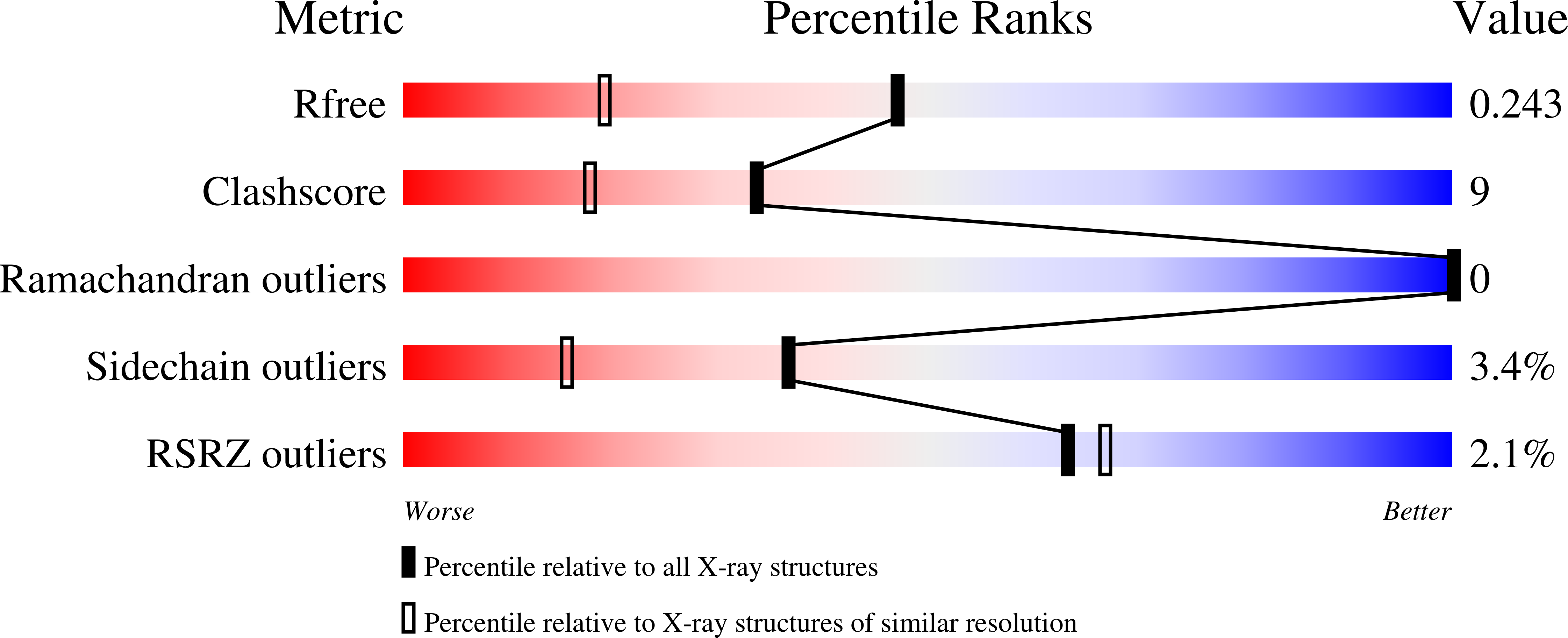
Deposition Date
2009-03-30
Release Date
2010-02-09
Last Version Date
2024-05-29
Entry Detail
PDB ID:
3GUZ
Keywords:
Title:
Structural and substrate-binding studies of pantothenate synthenate (PS)provide insights into homotropic inhibition by pantoate in PS's
Biological Source:
Source Organism:
Escherichia coli (Taxon ID: 83333)
Host Organism:
Method Details:
Experimental Method:
Resolution:
1.67 Å
R-Value Free:
0.24
R-Value Work:
0.18
R-Value Observed:
0.19
Space Group:
P 21 21 2


